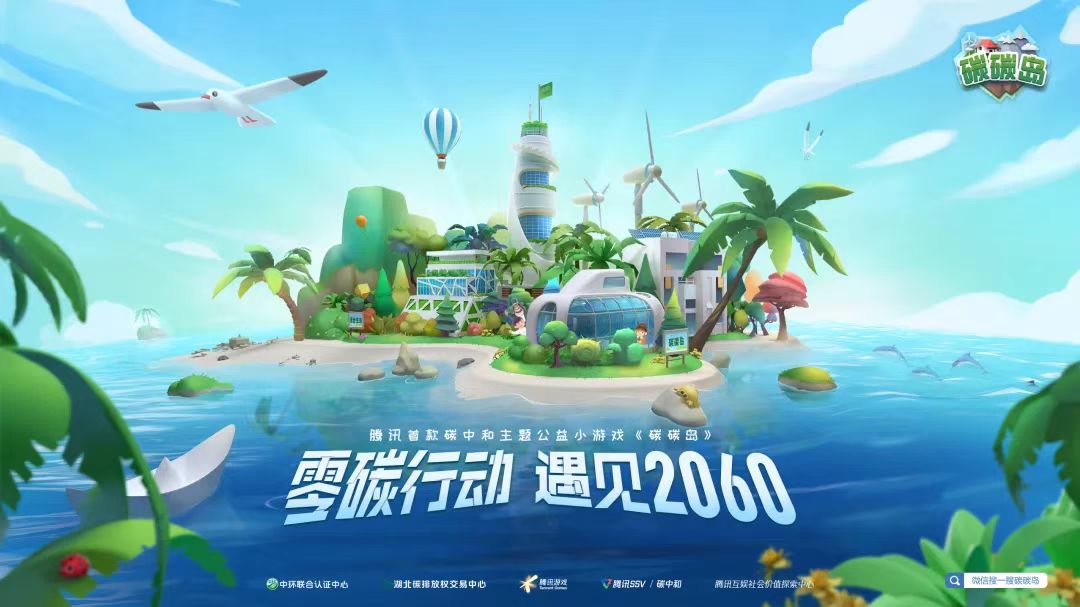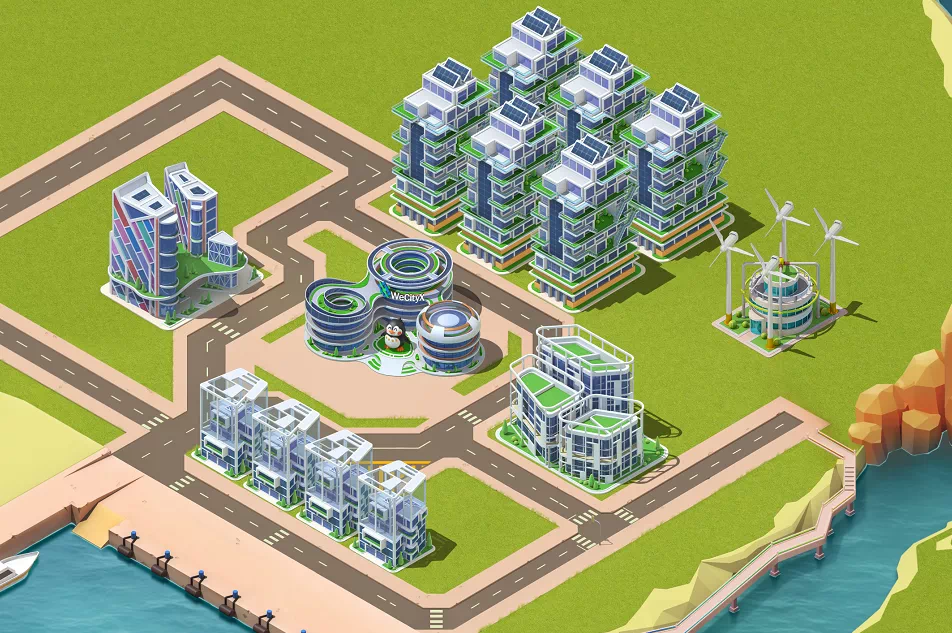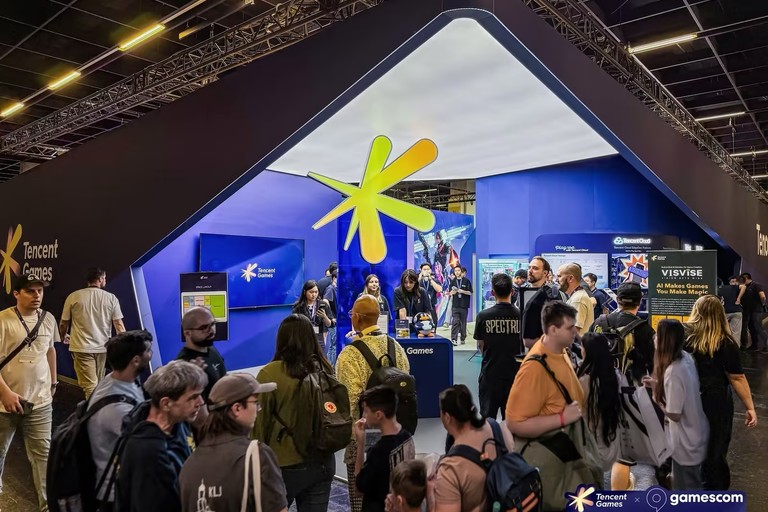How Tencent's Carbon Island Game Promotes Greener Lifestyle in China

Launched in January, Carbon Island is designed for players to build a thriving island that seeks sustainable economic growth. Like any game, the further you progress, the harder it gets, though the target is achievable.
Here are five ways Carbon Island aims to fulfil Tencent's mission of tech for good and how it is taking us a step closer to achieving carbon neutrality.
1. Simplifying Complex Problems
Climate change is one of the most pressing issues of our time, threatening the livelihoods of billions of people.
While climate change is commonly cited as among the most important issues facing the world, not everyone is actively playing their roles to make a change.
This is where Carbon Island comes in, to make sure people understand complex issues and feel interested in taking actions. First, the game introduces different consequences of global warming through an interactive and immersive gaming experience.
People play at their own pace building the island and learning how particular actions can cause certain environmental harms. There’s no preaching or lecturing. Instead, pop-up messages are there to guide behavioral change, encouraging players to think deeply about the relationship between development and the environment.
2. There’s a Price to Pay
Your mission in Carbon Island is to build an economy from scratch. You bring more people to the island to construct homes, farms, factories, offices and roads. They set up businesses and services such as restaurants, shops, utilities, and public transportations. At first, growth is easy, carbon emissions are low, and you make money quickly.

As the island develops, things become more complex, the island appears more like the cities we live in today. Bottlenecks appear as industries expand too quickly and emissions rise to unsustainable levels. Adverse weather events such as typhoons, storms, and floods caused by climate change start to take their toll. The game shows the trade-offs between growth and nature, and that success isn’t linear.
3. Real-life Solutions
In the game, players quickly learn that we live in connected societies. The best way to get things done is by working together. Players can trade goods, enlist volunteers, and may even collaborate with people on other islands.
Digitalization and technology allow us to continue to grow at a sustainable rate. The game teaches how upgrading to greener buildings, developing more energy-efficient power, and investing in carbon capture and storage solutions can all slow down or minimize the environmental damage.
4. A Sense of Community
Carbon Island is different from most games out there, in that it requires players to collaborate than compete. In fact, collaboration is deeply rooted in the game’s identity. In addition to members of the gaming community and tech engineers, we sought input from climate scientists, researchers, and urban planners to ensure that the scenarios for carbon emissions and climate change are realistic simulations backed by science and evidence.
5. Setting Achievable Goals
Players achieve carbon neutrality when the amount of emissions equals that being absorbed. Along the way, they grapple with challenging concepts from economic development, global warming, and digitalization. But by setting discrete, achievable goals during the game, players also learn that small actions can lead to big results. Simple changes in behavior such as switching off lights or using more energy-efficient lightbulbs, walking or cycling to work, and consuming less and cutting down on waste can make a difference. More than a game, Carbon Island teaches us that we can all make a difference in saving our planet.
Related Articles

Shaping the Future of Play: A Global Collaboration Between Creators and Communities
2025.09.08

Tencent Games Ignited gamescom 2025 with World Premieres, Iconic Franchises and Bold Originals
2025.08.26



